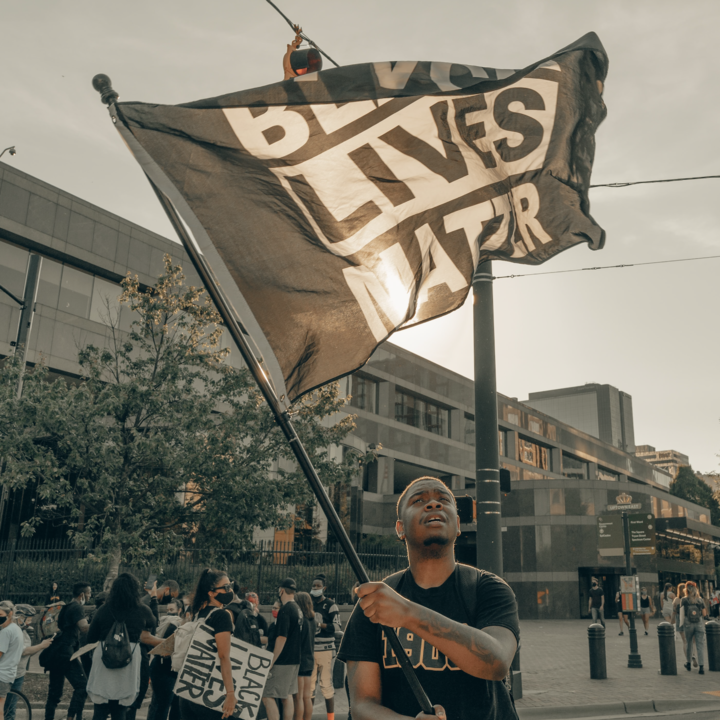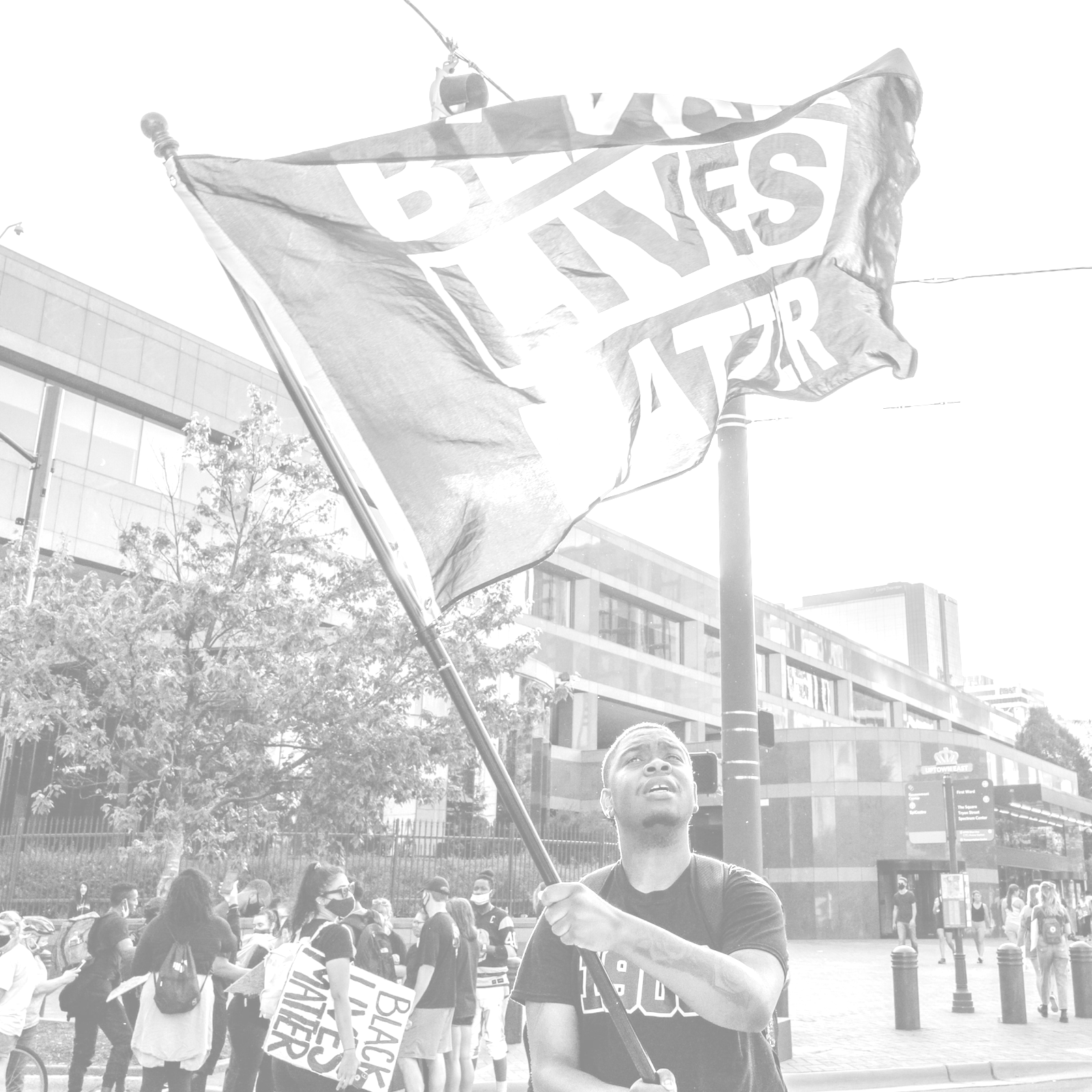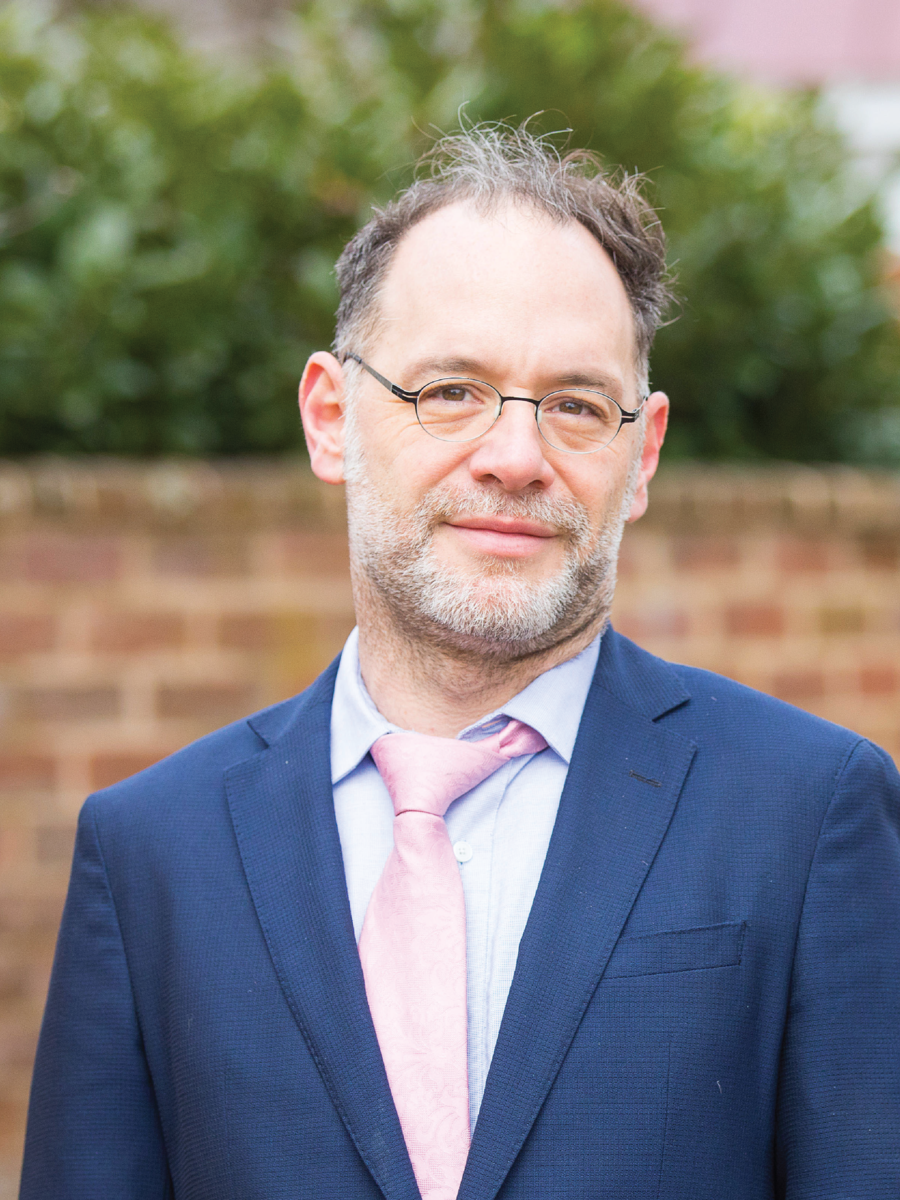Social Networks and Game Theory
In game-theoretic contexts, coordination requires that agents know about each other’s willingness to participate and that this information is common knowledge among a sufficient number of people. Knowledge of what other players know about other players is crucial for coordination. Social networks that represent local interactions may facilitate information sharing in a way that generates actionable common knowledge within groups (as opposed to mass media). Game-theoretic models combine social structure and individual incentives together and provide a rigorous formalization of common knowledge, and the characterizing network structures. These models formalize both simple node-to-node or bilateral communication, and the effects of “richer" online communication mechanisms, such as Facebook and Twitter. However, very little is known about how well these stylized models explain phenomena in practice or whether these models incorporate individual and behavioral factors, and psychological processes.
Individual and Group Action
This research aims to empirically test novel hypotheses at both individual and group levels by conducting controlled human subjects experiments in three different environments: Laboratory, online, and neuroimaging. These findings will inform models of collective behavior. The objectives of this integrated framework are to:
• Characterize how different communication mechanisms can facilitate actionable common knowledge through local interactions,
• Understand the effect of network structure, and
• Quantify individual and group level behaviors, and neural processes that affect its formation.
Methods
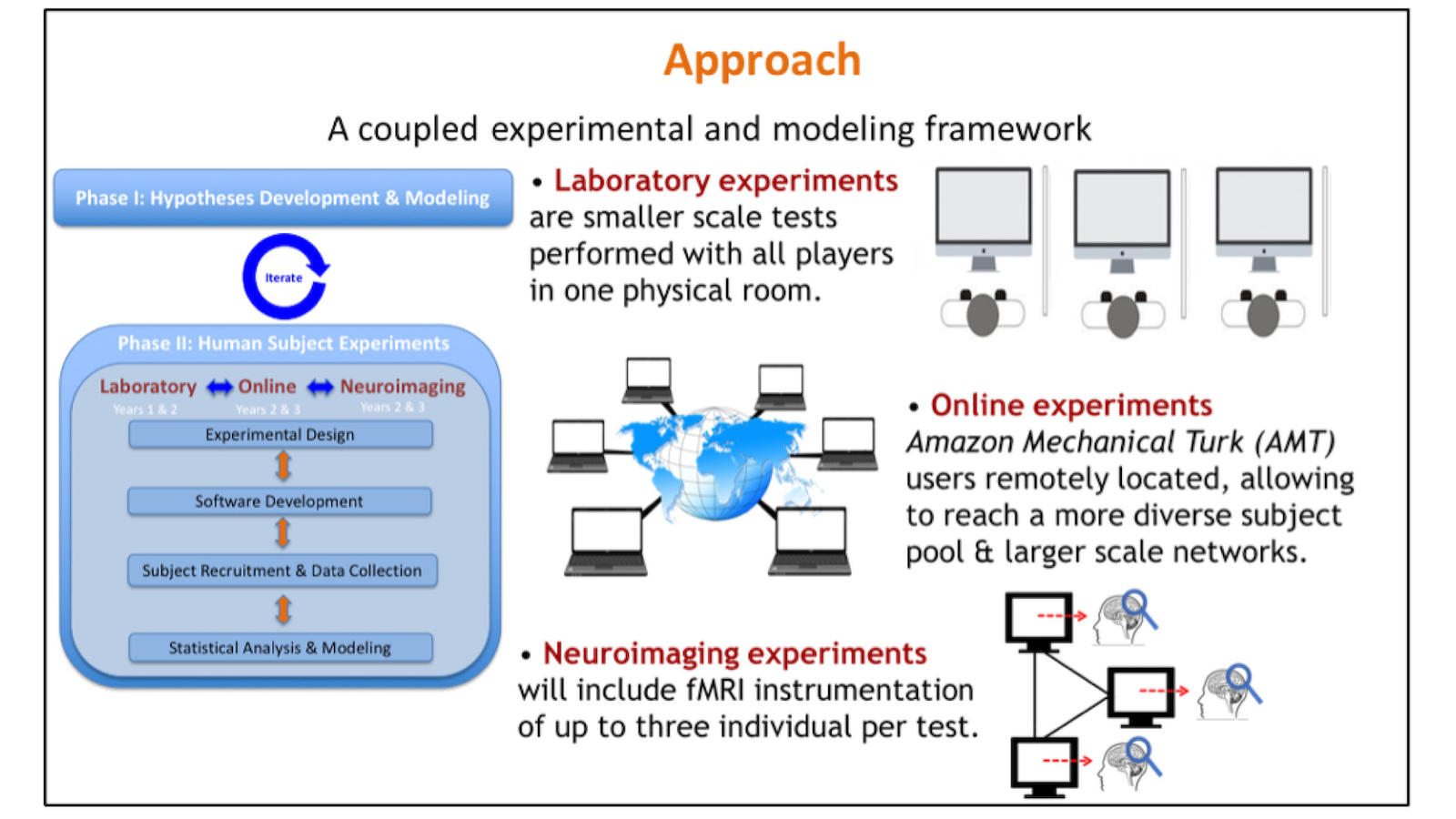
Our framework provides a guide to researchers interested in theory-based experimental studies at different scales (individual, group, and neural levels).
After developing the experimental platform that will be used for both laboratory and online experiments and conducting the first set of human subject experiments in the laboratory, we obtained insights into individual and group behavior under different experimental conditions.
In the initial experiments, we used three different communication mechanisms (Facebook wall, direct messaging/bilateral, none), and three different network types (star, circle, and clique) as shown in the figure below. We found that network structure and communication mechanisms have significant effects on participation decisions: clique network leads high participation levels in all communication types as all participants are connected to each other. On the other hand, participation levels on circle and star networks depend on the communication type: higher participation under wall communication compared to none and bilateral.
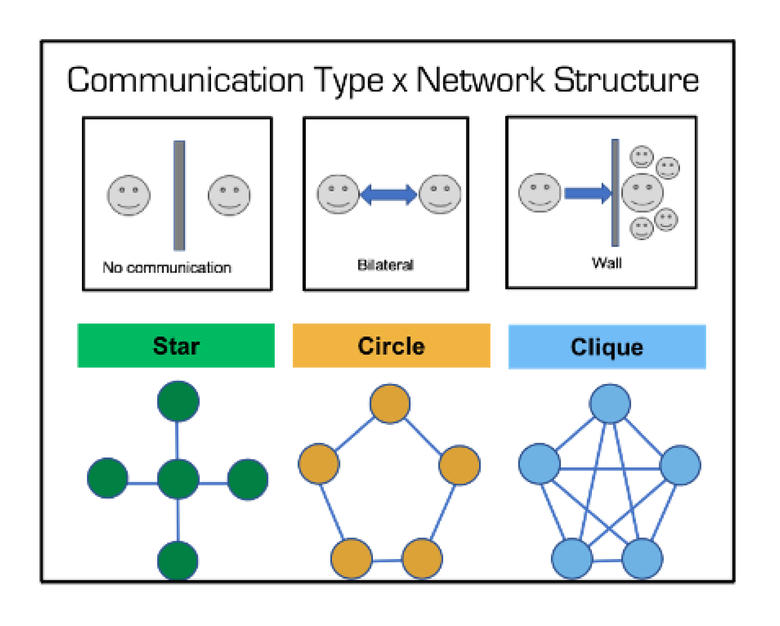
There are significant differences under different network structures. To obtain a baseline behavior for an individual when the other players’ actions are controlled, we conducted a parallel set of experiments on AMT (in collaboration with Dr. Lakkaraju at Sandia National Laboratories.) Results of these tests show that communication helped players coordinate their actions, mostly when subjects knew more about the network. Essentially, when players communicated with one another, we observed that participation rates were closer to the theoretical predictions.
Future Directions
Our goal is to understand collective action in settings more closely approximating in the real world, as it occurs in large-scale, mediated by richer communication technologies such as instant messaging. We will move toward more realistic scenarios in our experimental design. Future work involves our modeling efforts; this involves mathematical as well as computational models. Computational studies allowed us to introduce more realistic and complex features to the models, and to analyze networks with structural features that are more representative of real social networks. These will inform the next set of experiments. Finally we want to complement the macro-level social behavior we obtained using lab and online experiments – with neuroimagiong experiments we would like to detect signals at the individual level.
External Collaborators
Read Montague | Carilion Vernon Mountcastle Research Professor and Director of the Center for Human Neuroscience Research | Virginia Tech
Monica Capra | Professor of Economic Sciences | Claremont Graduate University
Fernando Vega-Redondo | Professor of Economics | Bocconi University
